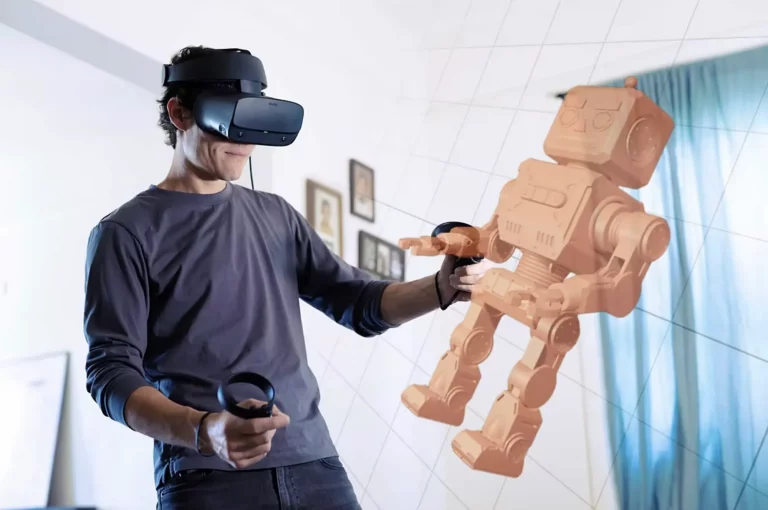
One of the largest early metaverse challenges is creating content at scale. And yet, for too long, creatives have been struggling to make digital 3D content using applications that require years to master. 3D modeling processes rarely feel responsive enough for artists (think a painter not having full control over their brushstrokes). And creative professionals are often met with clunky, outdated workflows which hinder creativity and collaboration.
Adobe and Meta recently announced a partnership to bring Adobe Substance 3D modeling app Modeler, and a forthcoming collaborative review app to the new Meta Quest Pro platform. Adobe’s collaboration with Meta directly addresses the metaverse content creation issue equipping a new generation of creators with powerful, intuitive 3D creation tools. Creators will be able to build and share immersive 3D content and experiences using the latest innovation on Meta Quest Pro and Meta Quest 2 virtual reality headsets.
[Editor’s Note: In addition to upcoming native integration and support for Meta headsets, Adobe this week launched Substance 3D modeler on Steam, which brings it to other VR hardware such as Valve Index.]
Substance 3D Modeler on Meta Quest will Empower Creation
The new Modeler app, like all our Substance 3D tools, is designed by creatives for creatives, to reduce barriers and make 3D content creation intuitive, easy, and collaborative. As one of the first apps created specifically for the medium of VR — rather than being adapted for it — Modeler makes it remarkably easier for users to translate skills from reality to VR.
The Meta Quest Pro version of Adobe Substance 3D Modeler will empower Quest owners to create professional-caliber 3D objects with the option to do so entirely within a VR environment using handheld controllers or to switch back and forth between their headset and their desktop computer, as they transform basic shapes into complex objects. The partnership will open the door for millions of new creators to help build the metaverse, marking early milestones in a multi-year collaboration that aims to offer Adobe Substance 3D tools and Quest devices as creators’ top choices for creating immersive content.
Currently, Adobe Substance 3D tools are already being used by creative professionals worldwide to develop realistic 3D graphics for hit games ranging from Fortnite to Halo to Flight Simulator, as well as popular entertainment experiences including Dune, The Mandalorian, and Blade Runner 2049. Students studying at ISD Rubika, one of the top design schools in Europe, found Adobe’s Modeler and Substance 3D tools to boost creativity, simplify the design process by allowing users to seamlessly switch from 2D desktop to 3D VR modes, and most importantly, make 3D content creation easy and fun.
New Adobe Collaborative Design Review App
In addition to offering Adobe Substance 3D Modeler to Quest owners, Adobe will develop a new collaborative design review app to meet the growing demand for virtual and mixed reality tools for the next generation of creators. This app will bring parts of creators’ 3D workflows into virtual reality natively on Meta Quest Pro and Quest 2 headsets, while making connections to desktop apps.
Adobe is bringing rich 2D multitasking capabilities to Meta headsets by enabling PDF document viewing, editing, and collaboration. Optimized for Quest Pro and Meta Quest 2 headsets, a version of Adobe Acrobat will unlock new document productivity workflows in VR, signaling Adobe and Meta’s continued collaboration on the future of productivity in virtual reality
We are just beginning to deliver on our commitment to push the envelope of what’s possible for the future of immersive content, ushering in a new era for creatives, designers, and content creators.

Francois Cottin is the Marketing Director for 3D & AR at Adobe. A version of this post first appeared on the Adobe blog.






